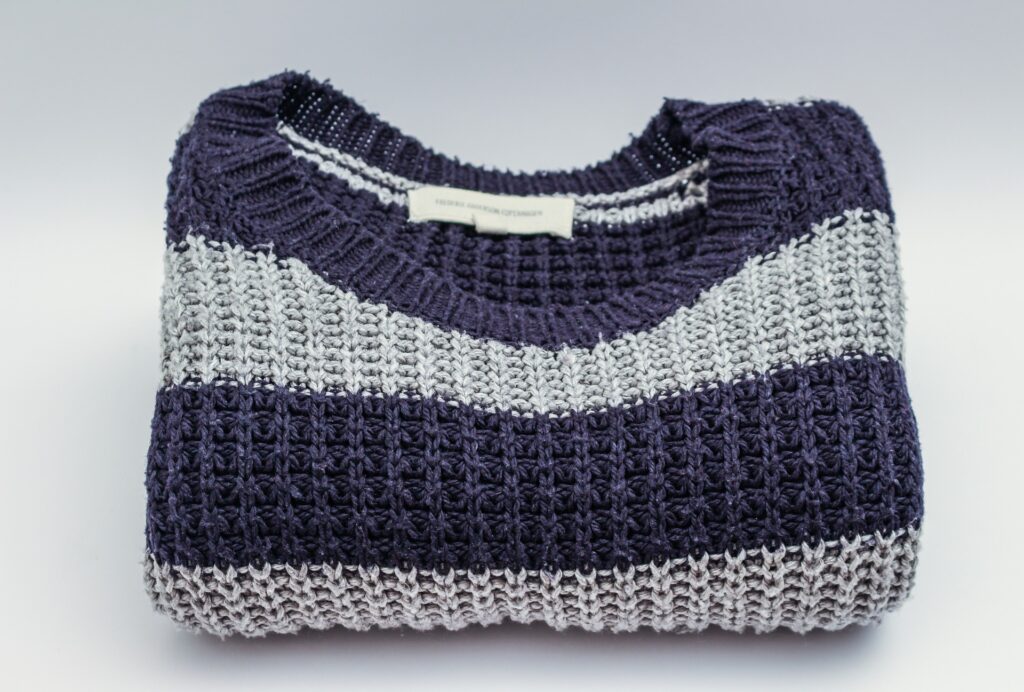I love wearing pure wool, but I also think that there’s a place for merino wool blends in everyone’s closet. But most people don’t know anything about blends to begin with, and thus purchasing a merino blend sweater becomes much more difficult than it has to be.
In this guide, I will be answering all your questions about merino wool blends; why you need them, and which company makes the best ones. But let’s start with the basics first.
What is a merino wool blend?
A merino wool blend happens when natural merino wool is combined with synthetic fabrics such as nylon and polyester. These blends are then used to manufacture various goods such as sweaters, beanies, socks, etc.
These blends are often cheaper than regular merino wool, but that’s not always the case. There are both advantages and disadvantages to using woolen blends, some of which you’ll get to know by the time you finish this article.
Is Merino Wool Blend Good?

Depending on the proportions of different fabrics, merino wool blends might be better than 100% merino sweaters. If you want the warmth and comfort of merino wool along with the durability and wrinkle-resistance of polyester, it makes much more sense to buy a blend.
The reason merino wool blends work is because they negate the disadvantages of each fabric and enhance the positive aspects. Here are the different ways in which merino wool blends tend to outperform regular merino wool.
Ease Of Care
Another advantage of wearing merino wool blends over regular merino is the ease of care. Merino wool is known to shrink in the wash. Adding polyester or nylon to it makes wool a machine-wash-friendly fabric, and saves the wearer loads of time and a ton of wasted money at the dry cleaners.
Lack Of Odor
Synthetic clothing starts smelling after some time. No matter if it is polyester or nylon; they can’t go multiple days without needing a wash. Merino on the other hand has natural lanolin oils coating the fibers which have antibacterial properties. They keep the garment from smelling for a long time between washes.
Perfect For All Weathers
Polyester is great for staying dry and cool, therefore it is perfect for hot and humid weather. Merino wool is great for staying dry and warm, and therefore it is perfect for cooler, humid times. It is also typically warmer by weight than polyester. A blend works mostly all year round unless you live in a place that has extreme temperatures.
Wrinkle Resistance
Even on its own, merino wool is known to be a pretty wrinkle-free fabric. And if you add polyester to the mix, then it becomes next to impossible to get wrinkles on your sweaters. This means that buying blends would save you a lot of time spent which you would have spent ironing and steaming.
Disadvantages Of Merino Wool Blends
There are also a few disadvantages to using merino wool blends over 100% regular merino wool garments.
- Pure merino wool drapes much better. Although, the difference in negligible to the naked eye, but the drape and the look of merino can never be matched by polyester blends.
- 100% merino wool resists getting wet a lot better in comparison to woolen blends. And once it is wet, you can just wring it out and wear it again, as merino wool also provides heat to the wearer when when wet.
- Not to mention a Merino fiber is finer that a human hair. Which means that it will be much better in terms of “feeling” next to skin than a polyester one.
- Personally, I like merino because it’s soft and comfortable, and I base my decisions more on that than how well it works technically, since I am not really into hiking or camping. A blend might not be as comfortable to me, but I’d be surprised if you noticed the difference in performance.
Is Merino Wool And Polyester A Good Blend?
In terms of merino wool blends, a blend between merino wool and polyester where merino wool is in the majority is going to get you the best bang for your buck.
Why? Simply because these two fabrics excel at negating each other’s flaws and enhancing each other’s advantages, which, as we discussed in the previous section, is what a good blend should do.
But the proportion of both fabrics is important. I prefer 80% merino wool + 20% polyester as I think that works the best for my needs. But as a rule of thumb, the proportion of merino wool in the garment should be more than 50% for best quality.
Polyester is generally not as good as merino wool at wicking away moisture. Merino has microscopic rough fibers and because of that, it wicks smaller droplets of moisture.
Polyester is much superior when it comes to drying times and tackles the small stretching issues that merino wool has, and thus a blend of both these fabrics, one natural and one synthetic, works really well.
Final Remarks
Many people consider blends to be a step-down in terms of quality and sustainability. This belief is completely wrong, and MagicOfClothes would never endorse cheap-low quality products that aren’t going to last you a long time.
Over the years, I purchased and sold many wool-blend garments. All of them lasted me for multiple seasons. And I want my readers to be aware of the fact that they can purchase long-lasting, durable, and quality products without burning a hole in your pocket.
That’s what this project is all about.

My name is Alex Higson and I am the founder of Magic Of Clothes. I have worked in the fashion industry for many years, and clothes and style are a huge part of my life.
